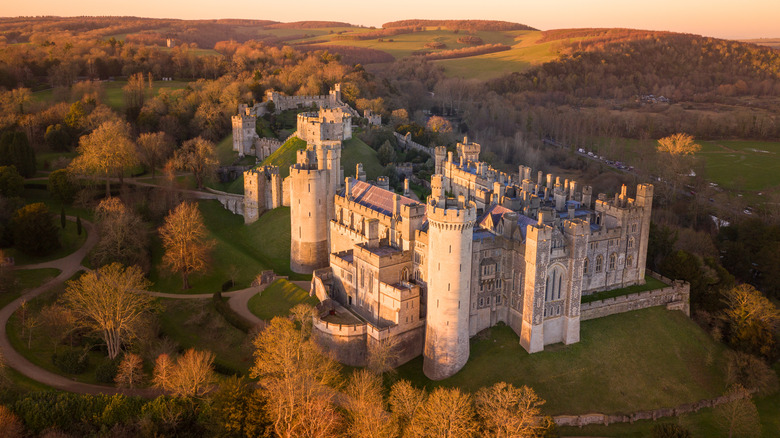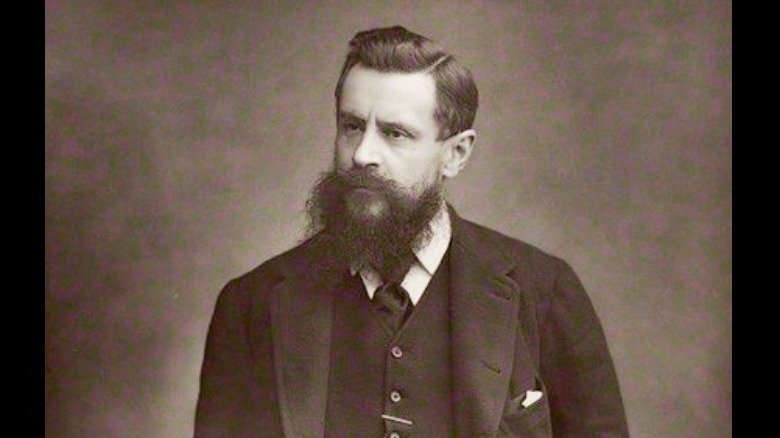The Morbid Tradition The Norfolks Have Handed Down For Centuries
The Duke of Norfolk is one of the loftiest titles in Great Britain, after the royal family's titles (via Royal Central). But like many inheritances, it comes with some strings attached. The present (18th) Duke of Norfolk, Edward Fitzalan-Howard, will oversee Queen Elizabeth II's funeral. This has been the task of the Dukes of Norfolk since 1672, according to The Guardian. It's because they are also Earls Marshal of England, a hereditary title passed down through generations.
Earl Marshal organizes many state ceremonies, not just funerals. This includes presiding over the State Opening of Parliament along with the Lord Great Chamberlain of England and arranging royal coronations. This means that the Duke is about to be very busy (via Royal Central). Since 1999, the Duke of Norfolk, in light of being Earl Marshal, is one of only two people automatically appointed to the House of Lords based on family inheritance, according to Unofficial Royalty. The Earl Marshal's other primary task is granting permission for family coats of arms and other heraldry, a tradition that's rather outdated now (via Royal Central).
Previous dukes
Though organizing funerals may seem like an unappealing job, Henry Fitzalan-Howard, the 15th Duke of Norfolk, snatched back his family's right to do so in 1901, when Queen Victoria died. Presumably, the previous dukes hadn't been very interested in their state duties, and other government officials had gotten used to organizing things during Queen Victoria's reign. When the duke took back over, they weren't happy about it. He had no experience doing this kind of thing and "threatened to turn solemn ceremonies into farces," according to the book "Democratic Royalism." Nonetheless, between 1901-1914, he oversaw the funeral of Queen Victoria, the coronation and funeral of King Edward VII, and the coronation of King George V. He insisted on returning to medieval customs for royal ceremonies.
Years later, his son Bernard Fitzalan-Howard was handling the funeral of King George VI and the coronation of Queen Elizabeth II. Only one problem: the office in St. James's Palace that he used for overseeing state ceremonies was being renovated. However, the project was completed within about ten hours of the king's death. New carpets, new furniture, plus phones, lights, and heating (via The Guardian). Nothing like a monarch's death to get things moving.

